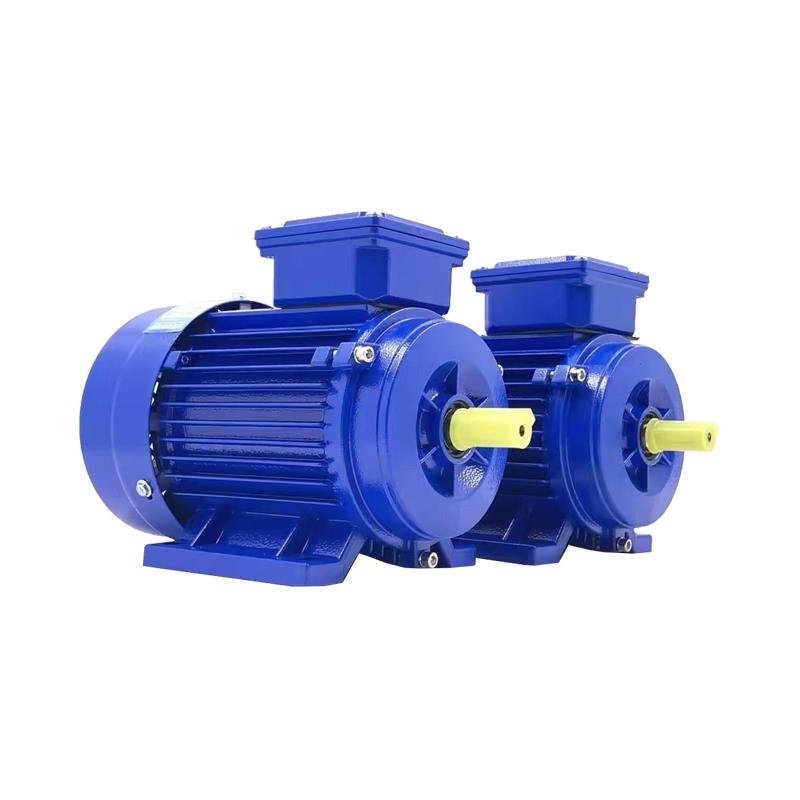The asynchronous motor is a workhorse in numerous industries due to its robustness and adaptability. Its ability to handle varying loads without complex control systems makes it a preferred choice for many mechanical and electrical applications. From manufacturing plants to HVAC systems, the asynchronous motor plays a critical role in powering machinery efficiently.
One of the most common uses of asynchronous motors is in pumping systems. Their ability to maintain steady speed under changing load conditions ensures consistent fluid flow in water treatment plants, oil refineries, and irrigation systems. The asynchronous motor's durability allows it to operate continuously with minimal downtime, reducing maintenance costs.
HVAC systems also heavily rely on asynchronous motors for driving fans and compressors. The motor's smooth acceleration reduces mechanical stress during startup, while its energy-efficient operation lowers electricity consumption. In large-scale commercial buildings, asynchronous motors contribute to climate control systems by ensuring reliable airflow and temperature regulation.
Material handling equipment, such as conveyor belts and cranes, benefits from the high starting torque of asynchronous motors. Their ability to handle heavy loads from a standstill makes them indispensable in logistics and warehousing. Additionally, the asynchronous motor's speed stability ensures precise movement of goods in automated production lines.
Another advantage of asynchronous motors is their scalability. They are available in a wide range of power ratings, from small fractional-horsepower units to large industrial models exceeding several megawatts. This flexibility allows engineers to select the right asynchronous motor for specific applications, whether for light-duty machinery or heavy industrial equipment.
